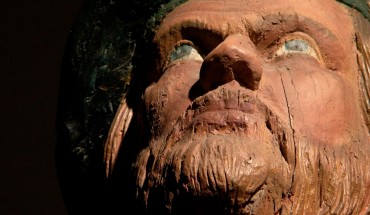Scrimshaw at Mystic Seaport
From the history and lore inspired by whaling in the 19th century, it can be hard to imagine the whalers being idle at sea. However, whaleships were often at sea for months or even years, leaving the crew with an excess of downtime. Much like hobbyists today, sailors tried to keep busy by making use of what they had available onboard their ship. Using crude tools, sailors etched designs into whale teeth, bones, and baleen to create intricate and often useful pieces of art.
Scrimshaw, as these pieces are known, is thought to come from the Dutch for “idle fellow.” The term has come to include anything made out of marine mammals. While the craft was certainly useful for occupying the ship’s crew on long voyages, it also serves as visual history of the whaling. Sailors often depicted nautical motifs inspired by things they experienced during their voyage, giving a glimpse into their daily life at sea.
In the years since scrimshaw’s heyday, we have recognized the important role that whales and other marine mammals play in our ecosystem. As we work with other countries to protect these animals, we can look to scrimshaw as a reminder of the role they played in our past.
More Learning Videos





Follow Us!